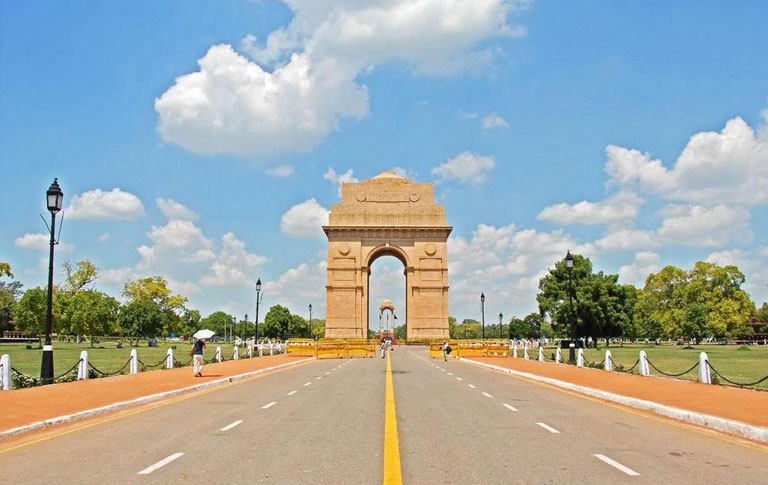In order to make public transport popular among the affluent class, the upcoming Regional Rapid Transport System (RRTS) in Delhi-NCR will feature a “business coach”, travelling in which will cost more than the general coach. The RRTS in Delhi-NCR is India’s first-of-its-kind public transport system.
Commuters will be able to access the business coach through a separate lounge on the platform. The business coach lounge will have AFC gates that will allow travellers to enter the lounge and board the rapid rail. While the air-conditioned general coaches will have a 2×2 seating arrangement, the business coach will have a 2×3 seating arrangement. The position of the business coach is likely to be at the end of the rapid rail, given that the first coach is generally designated as the women’s coach.
Speaking to The Sunday Guardian, Sudhir Sharma, chief public relations officer, National Capital Region Transport Corporation (NCRTC), said, “With the introduction of a business coach, we wish to project RRTS as a public mode of transport that is amenable to people of all classes. The purpose is to make the rich ditch their cars and willingly take public transport because it is faster and comfortable.”
Other than introduction of the business coach, RRTS boasts of speed faster than the best trains of Indian Railways. The rapid rail will have a design speed of 180 kmph, while its commercial speed will be 100km/h. The Bhopal Shatabdi Express, the fastest train of Indian Railways, has a top speed of 150km/h. The RRTS will not only reduce the travel time between crucial NCR cities, but will also allow travellers to reap benefits of the interoperability of the RRTS network.
The inter-operable network of the RRTS will enable commuters to travel between NCR cities without having to change rapid rail. The north-south corridor of the Meerut metro will be integrated with the rapid rail, thus enabling commuters to take metro and rapid rail from a single platform.
The core difference between a metro and a rapid rail is variation in speed and distance. While a metro’s maximum speed is between 30-40 kmph, a rapid rail’s commercial speed will be 100 kmph. In terms of distance, metro consists of multiple stations to cover areas within a region, while rapid rail covers a longer distance and has fewer stations that cover several regions.
The upcoming RRTS is a much-awaited project in Delhi-NCR that will consist of eight corridors, out of which three have been prioritised, namely Delhi-Ghaziabad-Meerut, Delhi-Panipat, Delhi-Alwar, thus connecting the capital with its three neighbouring states Uttar Pradesh, Haryana and Rajasthan through high speed inter-operable public transport for the first time ever. Out of the three prioritised corridors, the first one to undergo construction is the Delhi-Ghaziabad-Meerut corridor for which construction is likely to start by the end of July this year after the completion of ongoing pre-construction activities. Once the construction goes into full swing, the Delhi-Ghaziabad-Meerut corridor will be expected to be operational by 2023. The first phase of the three prioritised corridors will be interconnected, thus allowing seamless movement of commuters across NCR. Integration will reduce travel bottleneck for commuters, provide operational flexibility, and reduce transit time and capital cost of construction.
One of the aspects which is central to the planning of RRTS is multi-modal integration at the RRTS stations with other modes of transport such as regional, intercity bus terminals, airports, Delhi Metro, Meerut Metro, Indian Railways stations, etc., as such connectivity can provide seamless mobility options for daily commuters, regional passengers, etc.

